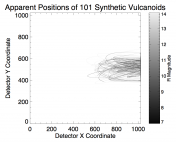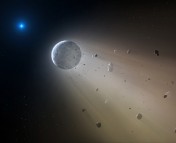Author: United Nations Committee on the Peaceful uses of Outer Space
What is space debris?
We have been launching satellites into orbit around the Earth since the late 1950s, starting with the Sputnik satellite in 1957. Since then, the number of artificial satellites has ballooned up to the tens of thousands, vastly increasing the amount of human activity in our orbital highways. This has resulted in significant orbital debris and light pollution in our night skies. A couple of amazing bites have covered these two problems (orbital debris, light pollution, also light pollution).
In short, we have a lot of debris in orbit around the Earth. This bite by Zili Shen compares it to throwing a full trash bag outside our front door every day instead of properly disposing of household trash. Over time, more trash builds up, blocking the entrance to our house and making it more difficult to walk out of the front door.
There are two regions of altitudes where orbital debris is especially problematic: Low Earth Orbit (LEO) and Geosynchronous Earth Orbit (GEO). LEO is ~600 to 2000 km above the surface of the Earth. Most satellite missions are planned in LEO due to its proximity to the Earth’s surface. GEO is at a higher altitude of ~35,000 km, where the orbital period matches the Earth’s rotation rate. This altitude is also favored because satellites stationed here maintain a fixed position relative to the surface as the Earth rotates (note the large density of white dots close to the Earth and the ring much farther out in Figure 1).
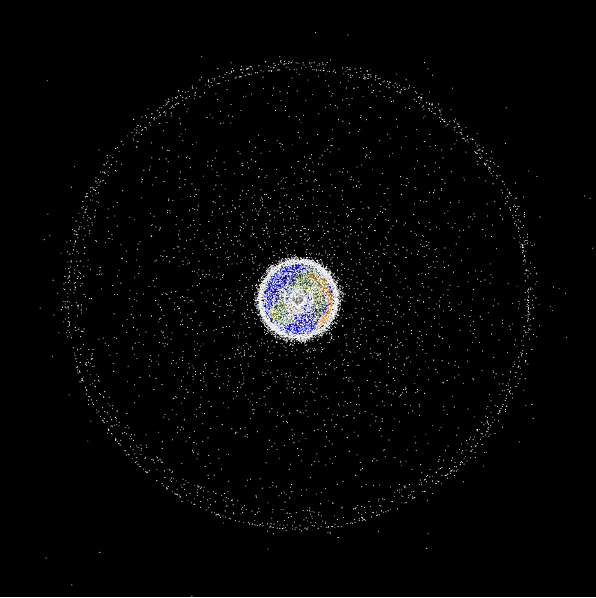
Over the last several decades of satellite launches, LEO and GEO have become crowded and polluted with debris. In today’s bite, we will explore the Report of the International Interdisciplinary Congress on Space Debris Remediation and On-Orbit Satellite Servicing, written by the United Nations (UN) Committee on the Peaceful Uses of Outer Space. This report (hereafter, ‘the UN report’) was written in 2012 to bring attention to the growing issue of space debris and present policy-based and technical solutions to this problem.
In this bite, we will define space debris as the UN report (and most literature on this topic) does: Space debris refers to any human-made object in space that does not serve a useful purpose.
.
Where is the Debris Coming From?
Figure 2 shows the distribution of kinds of debris as counted by the US Catalog of Space Objects.

As shown in Figure 2, the amount of debris has been growing continuously since the early 1960s, but the dominant contributor to space debris has been changing. Until quite recently, when satellites were launched, the rocket’s upper stage that launched the satellite into orbit was usually just left in orbit. Therefore, a rocket’s upper stage was also left behind for nearly every satellite launch, contributing to extra space debris. Moreover, leftover rocket fuel in these upper stages often resulted in explosions, creating debris. Until ~2007, these accidental explosions were the dominant contributor to space debris. According to this report, 18 of the 25 worst non-deliberate fragmentations were due to the explosion of residual propellant left on board. However, starting in the 1980s, many rocket stages were passivated, meaning that any residual fuel was either vented or burned off in a ‘depletion burn’. In addition, starting in the early 2000s, rocket stages began to be deorbited after launch and restartable. Therefore, rocket stages and residual fuel explosions are no longer the dominant contributor to new space debris.
Intentional and accidental satellite collisions now dominate newly created space debris. In 2007, the Chinese military’s anti-satellite test (ASAT), where the Fengyun-1c satellite was intentionally destroyed, contributed 41% of the cataloged total of break-up debris in orbit. Since then, collisions have become a major source of debris. In 2009, the accidental collision between two satellites, Iridium 33 and Cosmos 2251, accounted for 20% of the breakup debris in orbit at the time of this report.
Over time, more collisions will occur, creating more space debris. This space debris collides with functioning satellites, producing even more debris. Therefore, this is an exponential problem. In the worst-case scenario, all functioning satellites will be destroyed and turned into debris, creating a band of debris around the earth.
The Natural Cleaner
All objects in LEO will eventually fall back to the Earth because of atmospheric drag. The Earth’s atmosphere extends to several hundred kilometers beyond the surface of the Earth, and satellites in orbit constantly feel a drag force slowing their orbit. Over time, drag forces will bring satellites lower and lower into the atmosphere until they burn up during re-entry. The atmosphere’s density is lower at higher altitudes. Therefore, the time for debris to fall through the atmosphere depends on the initial altitude (see Figure 3).
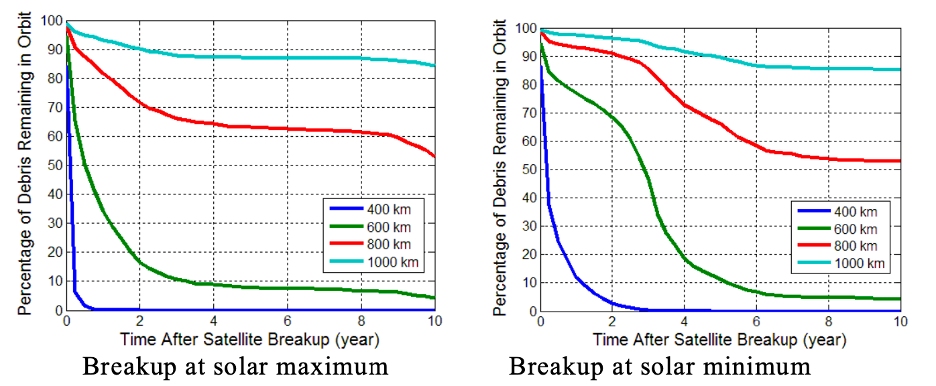
Therefore, given enough time, all pieces of space debris in LEO will eventually fall and burn up in the atmosphere. The important question is whether a piece of debris will burn up before it collides with something else in orbit or whether LEO is so crowded that collisions tend to happen before burning up. According to this report, LEO is indeed crowded enough that mutual collisions will continue to produce more space debris even if no new satellite launches happen.
Active Debris Removal
The takeaway: we should start cleaning up space debris! Active removal of debris using dedicated missions to remove derelict satellites and other space debris is now required to keep our orbital space clean and stable for the foreseeable future. Two companies have seriously proposed missions to demonstrate ADR: Astroscale and ClearSpace. Both companies proposed missions to approach and capture a single satellite before bringing it back to Earth and burning up in the atmosphere (see Figure 4).

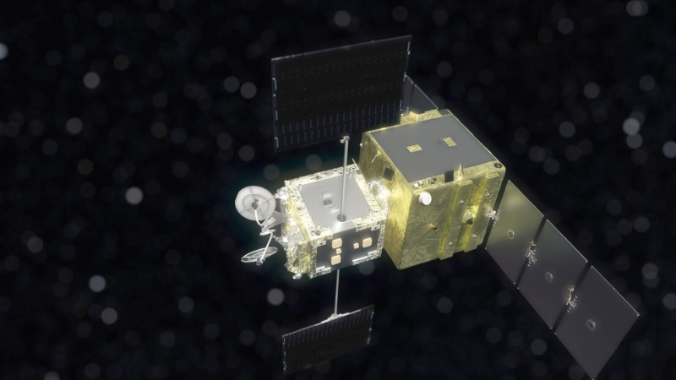
Figure 4: (left) The ClearSpace1 concept for ADR. This is planned to ‘grab’ the piece of space debris before deorbiting it. (right) Astroscale’s ELSA-M concept for ADR. This will magnetically capture space debris before deorbiting.
Importantly, it is likely not cost-effective to require a new mission for every act of debris removal. This report suggests that ~5 large intact objects should be removed yearly to stabilize the orbital space. A single mission that can remove multiple debris pieces would facilitate regular removal. More exotic ideas for ADR have also been proposed, including the Electro Dynamic Debris Eliminator, a tether connecting a series of solar arrays that derives propulsion from the solar wind and interacts with the Earth’s magnetic field. Such a device would “sail in the ionosphere” and stay in orbit, acting as a “garbage truck” in space.
Future Prospects
After several decades of launching artificial satellites into orbit, it is time to create a dedicated methodology for cleaning up space debris. Companies such as Astroscale and ClearSpace have shown it is possible to locate, latch on, and even deorbit derelict satellites from orbit. Therefore, we must forge ahead and start the clean-up process before the problem worsens. We must embark on cleaning our orbital space, preserving its accessibility for generations to come, and treating space with the same respect we afford our environment.
Astrobite edited by Will Golay
Featured image credit: NASA ODPO

